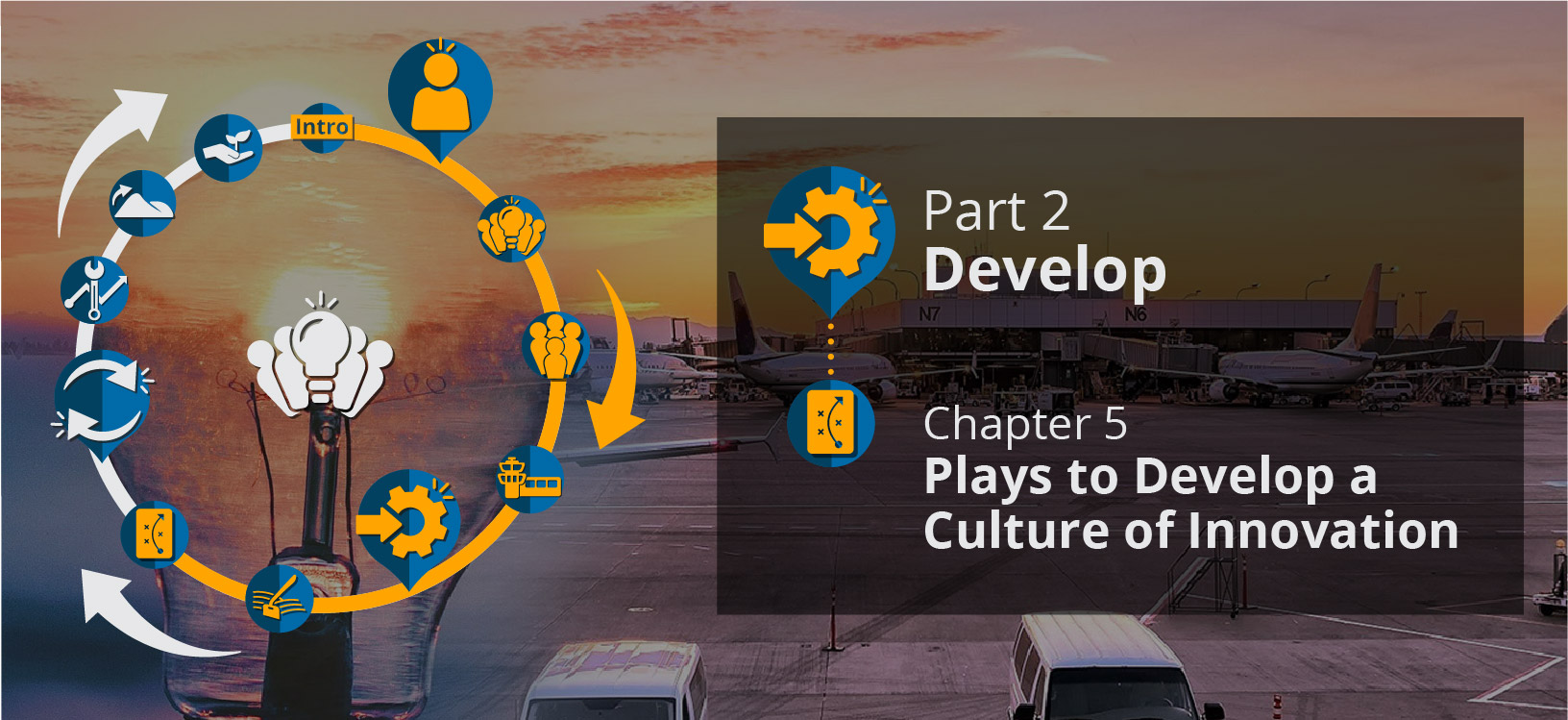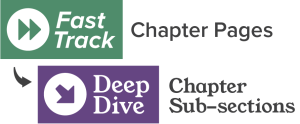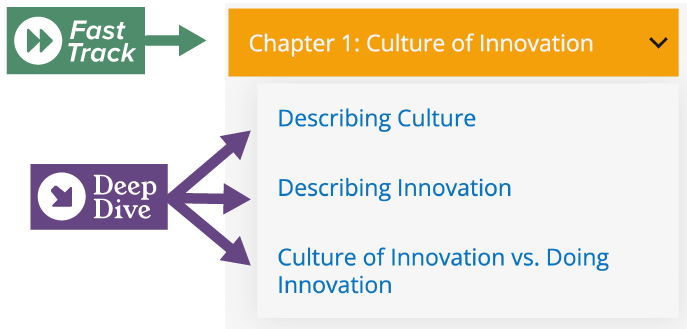

This is a Deep Dive page. Select the chapter for the Fast Track
Play 18: Develop Strategies by Business Function to Overcome Resistance to Change (Organizational)
Change is not always easy, especially for certain personality types or business function units. Employees in these units may be more risk averse because they are focused on protecting the airport from accidents and liability, which is good and necessary. However, when innovative leaders try to drive innovation, these same business function units may provide the most resistance to innovative concepts. This is a natural expression for these business functions, which require an innovative leader to help them be more open to change.
Innovative leaders
- Provide new ways of thinking. Help shift people's mindset when presenting new ideas or changes by prohibiting some key familiar words during initial concept dialogues. For example, make words like “risk,” “regulation,” “contract,” and even the word “no” off-limits. When the word "no” is off the table for these preliminary discussions, talks can progress and various options can be considered where previously there was a roadblock. When constraining issues are taken off the table for initial conversations, it can bring about new thoughts, ideas, or perspectives that might have a chance of gaining some forward momentum. Even if these initial discussions eventually end with an acknowledgement that it is not possible, a conversation may have sparked other ideas that might not have had a fighting chance otherwise.
- Offer ways to open up conversation. Pursue opportunities to encourage open dialogue among all business units. Remember, the point of the conversation is to overcome resistance to future changes. No matter how change averse a business unit may be, converse with members of these business units to learn about what is working in their area and what is not. Ask what their biggest frustrations are with work, and what their biggest highlights are. Ask what future challenges they see on the horizon, and engage them in conversations about solutions to these issues. Use focus groups comprised of representatives from business units that may be struggling the most with change to capture a cross section of the organization and to see how other business units react to responses to earlier questions.


